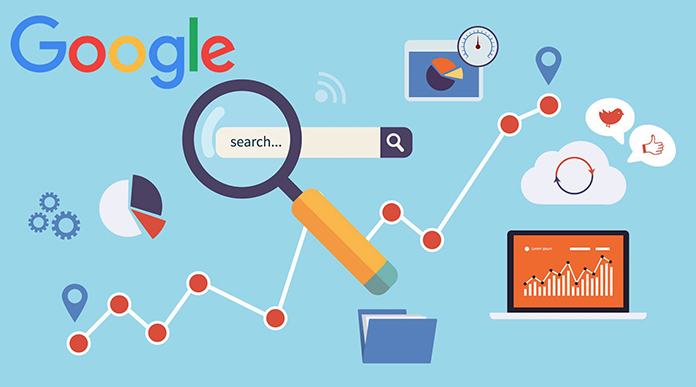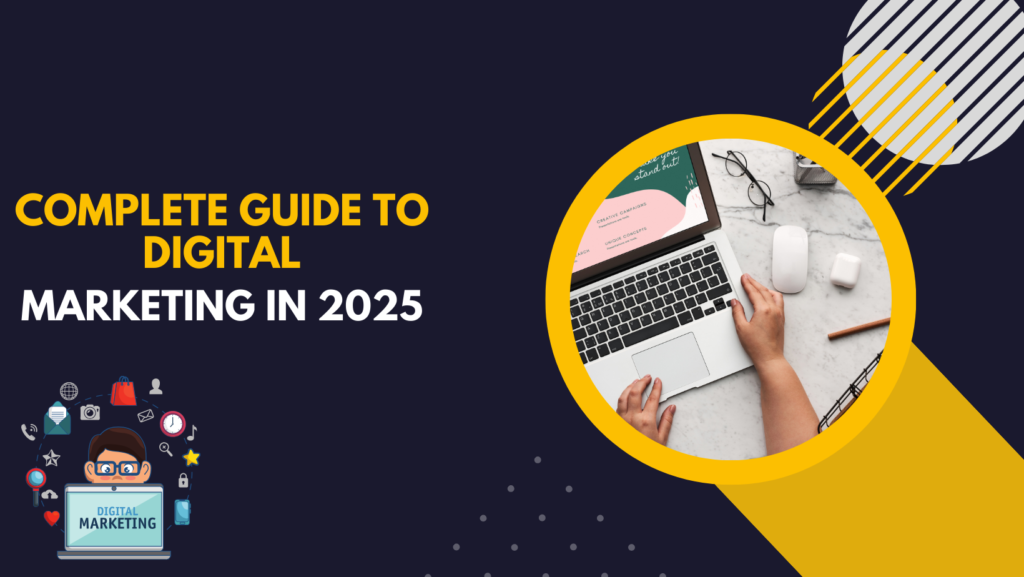Introduction
In the ever-evolving digital marketing landscape, businesses rely on search engines to drive traffic and increase visibility. Two key strategies dominate this space: Search Engine Optimization (SEO) and Search Engine Marketing (SEM). While both are essential for online success, they serve different purposes and, when used together, create a powerful marketing strategy.
In this blog, we will explore SEO vs SEM, their differences, how they work, and how integrating them can maximize your online presence.
What is SEO?
SEO (Search Engine Optimization) is the process of improving a website’s organic rankings on search engine result pages (SERPs). The goal of SEO is to enhance a website’s visibility naturally, without paying for placement. SEO involves several strategies, including:
1. On-Page SEO
- Optimizing content with relevant keywords
- Improving meta tags, headings, and alt text
- Enhancing URL structures and internal linking
- Ensuring mobile-friendliness and fast page speeds
2. Off-Page SEO
- Building high-quality backlinks
- Guest blogging and outreach campaigns
- Social media engagement
- Brand mentions and citations
3. Technical SEO
- Improving website architecture
- Implementing structured data (Schema Markup)
- Enhancing crawlability and indexability
- Fixing broken links and duplicate content issues
Benefits of SEO
- Cost-Effective: Organic traffic is free, requiring only an investment in time and resources.
- Long-Term Results: Once rankings improve, the benefits are long-lasting.
- Higher Credibility: Users trust organic search results more than paid ads.
What is SEM?
SEM (Search Engine Marketing) is a broader strategy that includes paid search advertising to increase visibility on SERPs. The most common form of SEM is Pay-Per-Click (PPC) advertising, where businesses bid on keywords to display ads in search results.
1. Google Ads (PPC Campaigns)
- Keyword research and bidding
- Writing compelling ad copy
- Targeting specific demographics and locations
- Setting up conversion tracking
2. Display Advertising
- Banner and video ads on websites
- Retargeting strategies
- Placement on Google Display Network (GDN)
3. Shopping Ads & Local Search Ads
- Google Shopping campaigns for e-commerce stores
- Google My Business (GMB) ads for local businesses
Benefits of SEM
- Immediate Visibility: Ads appear at the top of SERPs instantly.
- Highly Targeted: Businesses can target specific locations, demographics, and user intent.
- Measurable ROI: Detailed analytics track conversions, clicks, and ad performance.
SEO vs SEM: Key Differences
| Feature | SEO | SEM |
|---|---|---|
| Cost | Free (but requires effort & time) | Paid (cost per click) |
| Speed | Takes time (months) | Immediate visibility |
| Traffic Type | Organic (unpaid) | Paid (PPC) |
| Click-Through Rate (CTR) | Higher in the long run | Lower than organic, but faster results |
| Trust & Credibility | Users trust organic results more | Perceived as an ad, which some users avoid |
| Longevity | Long-term benefits | Short-term results, stops when budget ends |
| Best For | Brand authority, long-term growth | Quick traffic, promotions, immediate sales |
How SEO and SEM Work Together
Although SEO and SEM differ in execution, they complement each other when integrated properly. Here’s how they work together to maximize online visibility and drive better results:
1. SEO and SEM Improve Overall Visibility
- SEO helps rank organically, while SEM ensures top placement through ads.
- Appearing twice on SERPs (once via ads, once organically) increases credibility and click-through rates.
2. SEO Data Enhances SEM Campaigns
- Analyzing organic search data helps identify high-performing keywords for paid campaigns.
- SEM ads can test new keywords before committing to SEO optimization.
3. SEM Provides Immediate Results While SEO Grows Over Time
- While SEO builds a strong foundation, SEM ensures immediate traffic and visibility.
- Businesses can use SEM for short-term promotions while working on long-term SEO efforts.
4. Both Provide Valuable User Insights
- Google Ads provides data on which keywords drive conversions.
- SEO tools (Google Analytics, Search Console) offer insights into organic search trends.
5. SEO Strengthens Quality Score in SEM
- A well-optimized landing page (SEO) improves Google Ads Quality Score, reducing cost-per-click (CPC) and improving ad rankings.
6. SEM Helps in A/B Testing for SEO
- PPC campaigns can test headlines, meta descriptions, and call-to-actions (CTAs) to see what resonates before updating SEO elements.
When to Focus on SEO vs SEM
When to Focus on SEO
- You want to establish long-term credibility.
- You have a limited budget for paid campaigns.
- Your business relies on steady organic traffic.
- You are targeting informational searches.
When to Focus on SEM
- You need quick results and immediate traffic.
- You are running a time-sensitive campaign.
- Your competition is high, and ranking organically is difficult.
- You want to test new markets or keywords.
Best Practices for Integrating SEO and SEM
- Conduct Comprehensive Keyword Research – Use tools like Google Keyword Planner, Ahrefs, and SEMrush to identify high-performing keywords for both SEO and SEM.
- Optimize Landing Pages for Both – Ensure your landing pages have strong SEO while also being relevant to PPC ads.
- Use Remarketing Strategies – Retarget organic visitors through paid ads to boost conversions.
- Analyze and Adjust Regularly – Monitor analytics for both strategies and refine campaigns accordingly.
- Leverage Local SEO with Paid Ads – Use Google My Business for local SEO while complementing it with local PPC campaigns.
Conclusion
SEO and SEM are not opposing strategies but rather two sides of the same coin. SEO provides sustainable long-term growth, while SEM ensures quick, targeted traffic. By integrating both, businesses can dominate SERPs, increase brand awareness, and maximize conversions.
Understanding when to use SEO, when to invest in SEM, and how to align them strategically will set your business apart in today’s competitive digital landscape.
Are you leveraging both SEO and SEM together? If not, now is the time to start!


